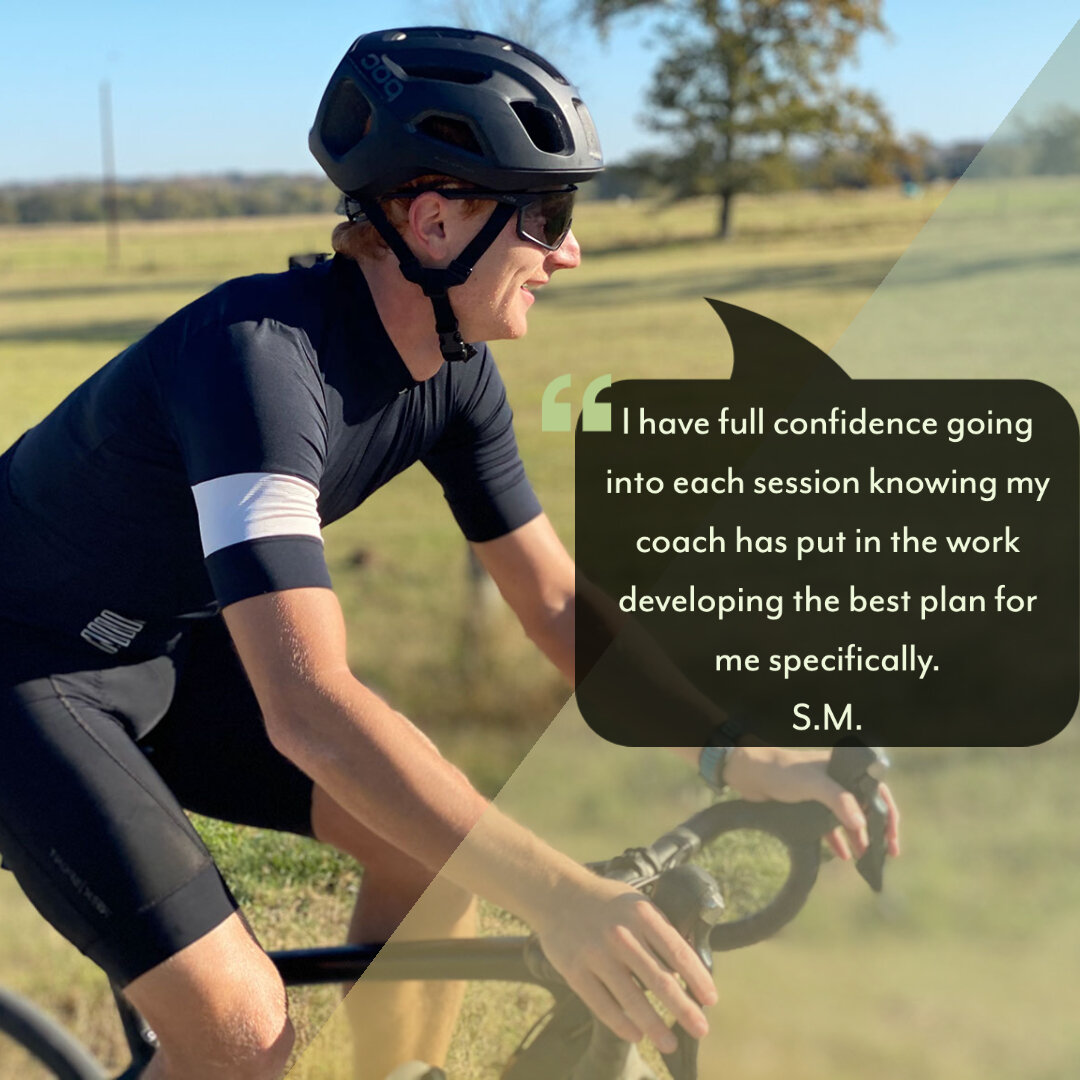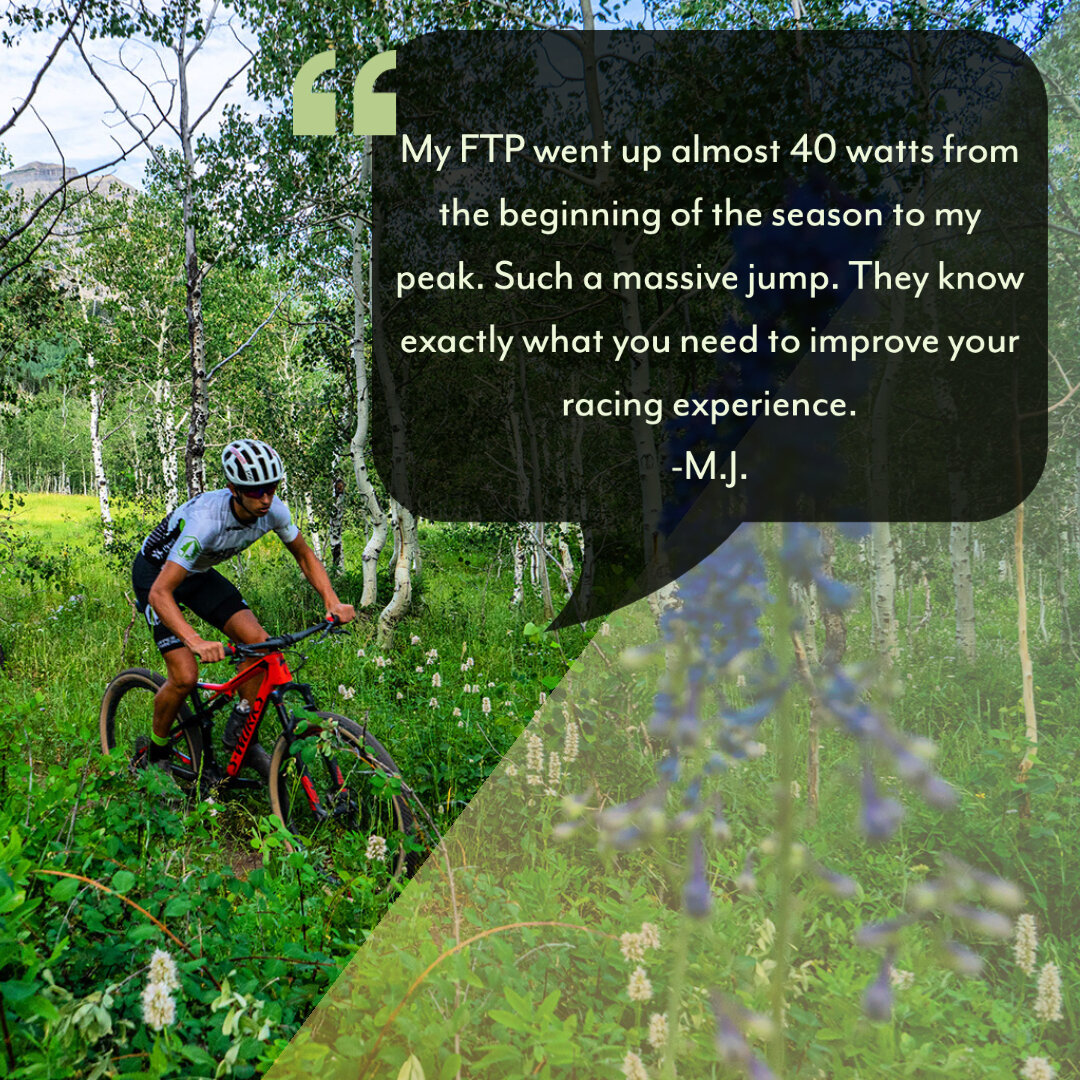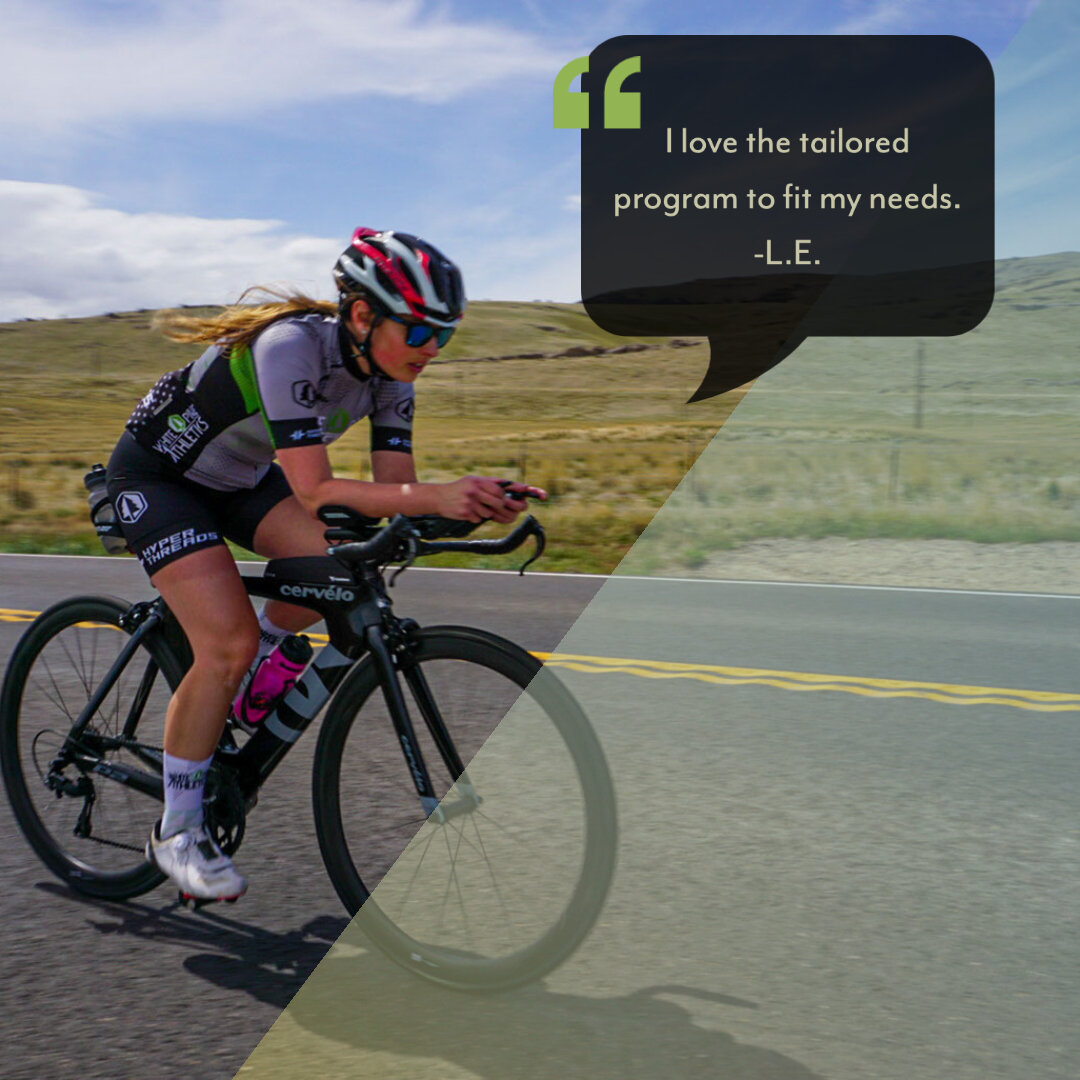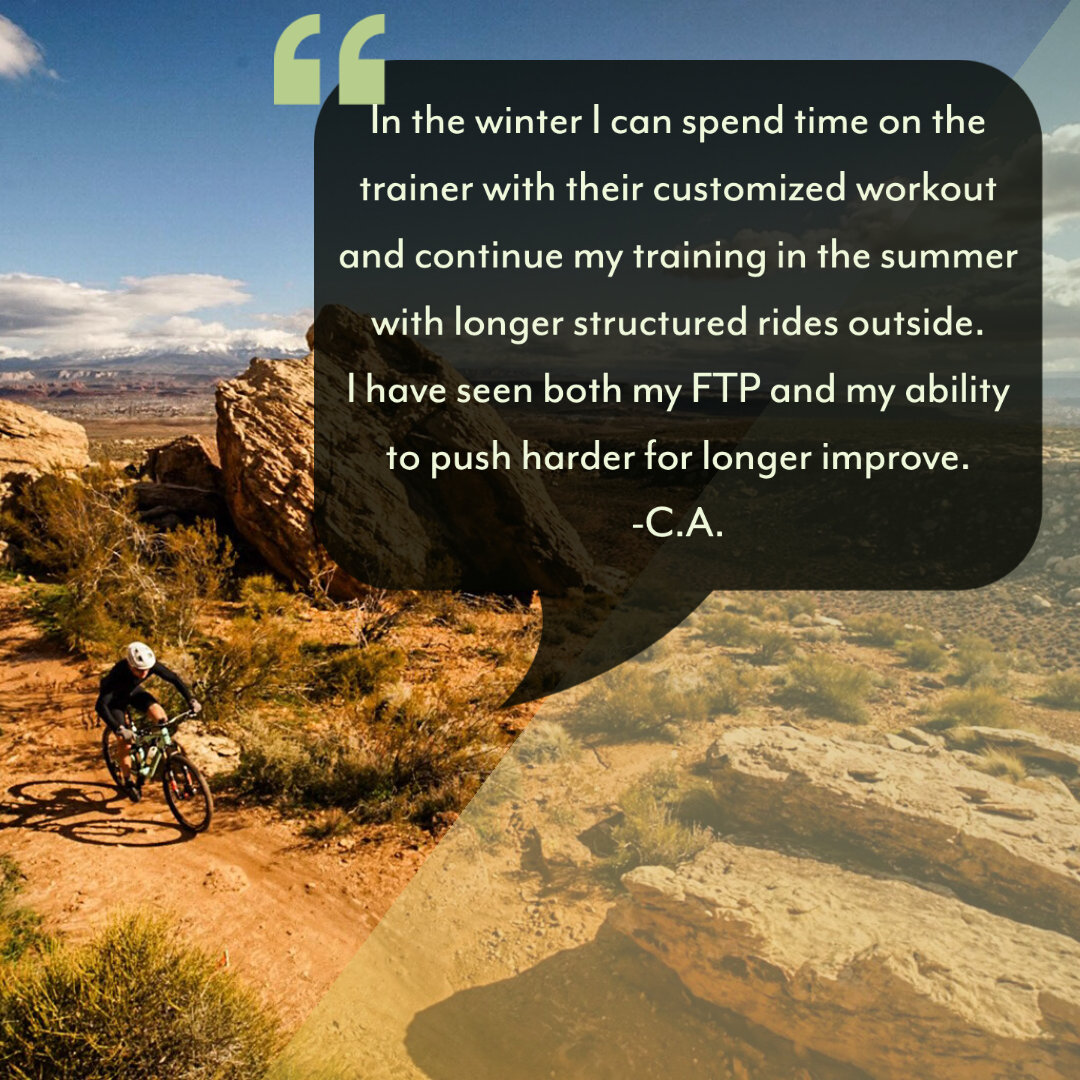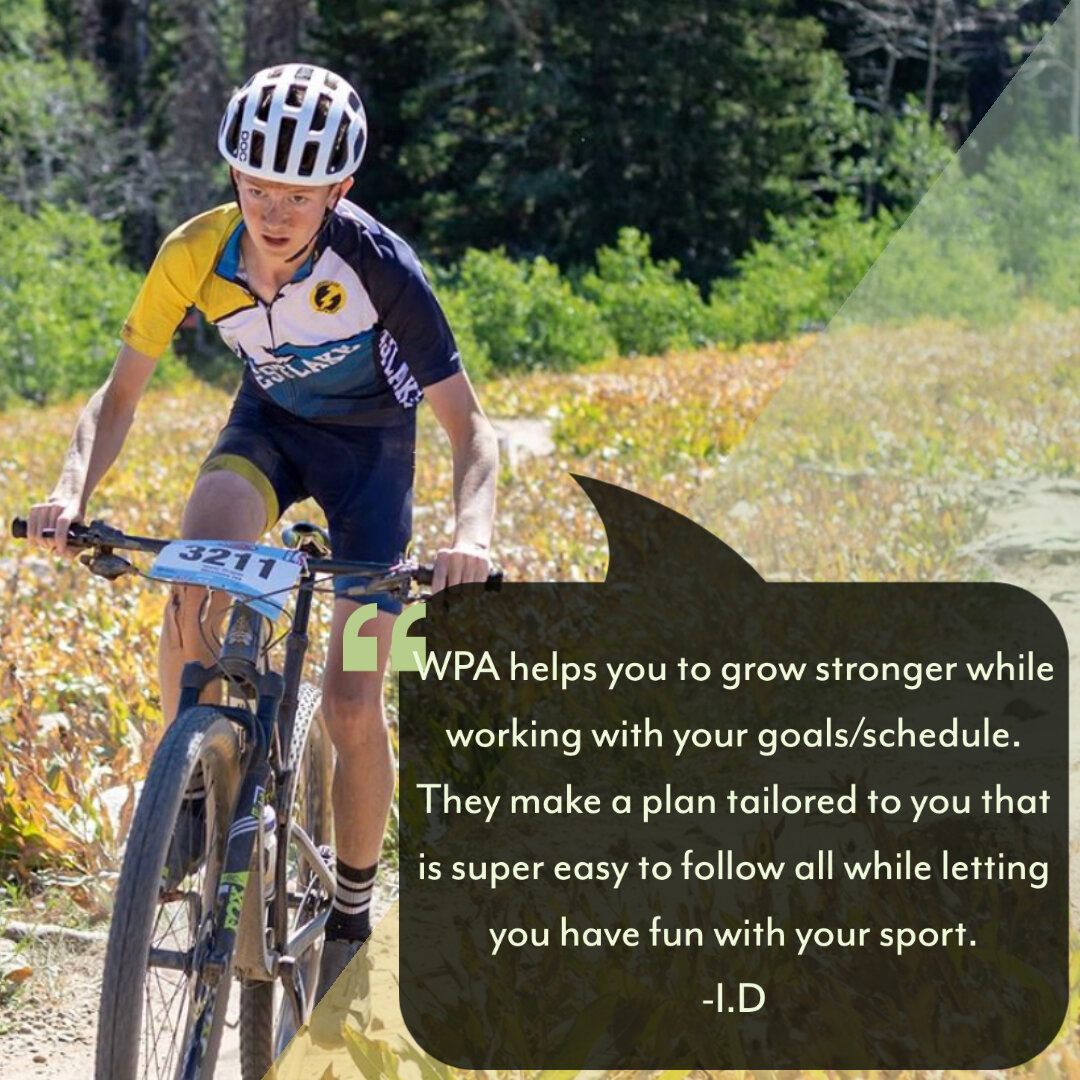by Coach Anna Cronin
Welcome to the 23rd Saturday of COVID-19 social distancing!! With this new norm of the “stay-at-home” order also comes an increase of free time for some; and in this new routine, exercise is rapidly becoming a sought after method of occupying our space and time. Consistency in exercise routines has long been a struggle for many. Remaining dedicated and disciplined is often a challenge for those of us working stiffs that also might manage a household, children, and enjoy the occasional outing with friends. With the rise of COVID-19 related work restrictions and social distancing our available free time is considerably higher for some of us, and with that VOLUME also becomes higher. Increase in volume and/or intensity of exercise also increases our risk of injury if performed with a too much too soon approach. So, how does one achieve this balance between appropriate exercise and also mitigating the risk of injury?
Principles of Exercise:
Ok Nerds, let’s science out for a second. From a physiological standpoint, for your body to adapt, or get stronger, you must load your body’s muscle with enough resistance to impose a stress load and cause the body to physically adapt. Sounds simple enough, right? Exercise a bit and your body gets stronger? While this is true, where things get sticky is HOW MUCH and HOW OFTEN should someone be exercising that places and APPROPRIATE load on themselves as an individual that avoids injury? Some of the important principles to consider with your White Pine Athletics Coach are the following.
Individuality
Everyone is different and responds differently to training. Some people are able to handle higher volumes of training while others may respond better to higher intensities. This is based on a combination of factors like genetic ability, predominance of muscle fiber types, other factors in your life, chronological or athletic age, and mental state.
Specificity
Improving your ability in a sport is very specific. If you want to be a great pitcher, running laps will help your overall conditioning but won’t develop your skills at throwing or the power and muscular endurance required to throw a fastball fifty times in a game. Swimming will help improve your aerobic endurance but won’t develop tissue resiliency and muscular endurance for your running legs.
Progression
To reach the roof of your ability, you have to climb the first flight of stairs before you can exit the 20th floor and stare out over the landscape. You can view this from both a technical skills standpoint as well as from an effort/distance standpoint. In order to swim the 500 freestyle, you need to be able to maintain your body position and breathing pattern well enough to complete the distance. In order to swim the 500 freestyle, you also need to build your muscular endurance well enough to repeat the necessary motions enough times to finish.
Overload
To increase strength and endurance, you need to add new resistance or time/intensity to your efforts. This principle works in concert with progression. To run a 10-kilometer race, athletes need to build up distance over repeated sessions in a reasonable manner in order to improve muscle adaptation as well as improve soft tissue strength/resiliency. Any demanding exercise attempted too soon risks injury. The same principle holds true for strength and power exercises.
Adaptation
Over time the body becomes accustomed to exercising at a given level. This adaptation results in improved efficiency, less effort and less muscle breakdown at that level. That is why the first time you ran two miles you were sore after, but now it’s just a warm up for your main workout. This is why you need to change the stimulus via higher intensity or longer duration in order to continue improvements. The same holds true for adapting to lesser amounts of exercise.
Types of injury; Acute vs Chronic.
Avoiding injury of the instant (acute) kind is always present, ex. Rolling an ankle while running, crashing on your bike etc. and should be addressed with appropriate safety measures and proper equipment, the long-term (chronic) injuries are ones that potentially lurk behind our well-intentioned increase in exercising. This is the nagging knee pain that won't go away, or the tight shoulder pain causing your sleep to be effected, and other various ‘twinges in the hinges” The path to picking up a new “fastest 5k’ jogging regime, or lifting heavy weights too often, all contribute to these types of chronic injury.
Every person is different, and each athlete has a unique approach given the new circumstances surrounding COVID-19 work restrictions and our potential increase in free time. Through a working knowledge of what principles affect the body with increased exercise, you and your WPA Coach can create a comprehensive plan to ensure you are adding appropriate VOLUME and FREQUENCY to your new lifestyle. Now, get out there and don't do too much, too soon, and remember no licking the doorknobs! Stay safe, stay healthy.

![AdobeStock_332936942 [Converted].jpg](https://images.squarespace-cdn.com/content/v1/58ac695db8a79be910194d54/1586140826928-IQVXLWQ5VAI4LEMS9Y85/AdobeStock_332936942+%5BConverted%5D.jpg)
